The Olympic Games: From Arena to Art Studio
written by art historian & curator
The Olympic Games of ancient Greece were a grand festival that united athleticism, religion, and art into a celebration of human excellence. Held every four years, the Olympic Games drew people from across the Greek world, inspiring awe with athletic feats and artistic expressions that captured the ideals of physical and moral excellence. Sculptures, pottery, and other art forms preserved and glorified the spirit of the Games, blending physical beauty with divine reverence and civic pride. These works of art turned the Olympics into a cultural phenomenon that has endured for centuries, reminding us of a time when sport and art were inseparable in their pursuit of the sublime.
Videos you may enjoy as well:
For the Greeks, athleticism and artistry were two sides of the same coin, each requiring discipline, grace, and commitment. Organized in the sacred sanctuary of Olympia, the Games drew artists to immortalize the Olympic achievements. Sculptors, inspired by the chiseled forms of athletes, created statues that embodied physical and moral ideals—transcending mere realism to express the virtues of harmony, strength, and beauty. Meanwhile, painters adorned pottery with scenes of Olympic events, allowing the Games to permeate daily life and reinforce the connection between athletic and artistic mastery. Let’s have a closer look at how the ancient Greeks perceived the relationship between the Olympic games and artistic skill.
The Olympics as a Cultural Festival
Unlike modern sporting events, the ancient Olympics were deeply intertwined with religion and culture. The Games were organized at Olympia, a sacred sanctuary dedicated to Zeus, where athletic competitions, sacrifices, and processions merged into a single grand celebration. Athletes were considered more than mere competitors; they embodied the Greek ideal of areté, or excellence, which extended beyond physical ability to encompass virtues like courage, self-discipline, and honour. The winners at the Games celebrated for their virtues became role models for the wider Greek world. The art inspired by the Olympics did not merely record athletic feats—they elevated them, making the Games a broader cultural phenomenon. This artistic legacy ensured that the spirit of the ancient Olympics would endure, capturing the artistry that defined ancient Greece.
The Olympics also served as a rare gathering space for intellectual and artistic exchange. Poets, like the renowned Pindar, composed odes to honor Olympic victors, weaving their athletic achievements into cultural lore that would inspire generations. These odes celebrated the athlete’s physical prowess and the spiritual and moral qualities the Games embodied. The festival included various artistic exhibitions, from music and drama to visual arts, making it a true cultural festival. The city of Olympia became a showcase of Greek architecture and sculpture, highlighted by the Temple of Zeus and the famous Statue of Zeus, one of the Seven Wonders of the Ancient World. This blend of art, religion, and athleticism elevated the Olympics beyond mere competition, creating an institution that celebrated the totality of human achievement.
A Tribute to Athletic Ideals
In ancient Greece, sculpture became one of the most powerful ways to capture and honor the spirit of the Olympic Games. Greek sculptors were fascinated by the human form, viewing it as a vessel of divine inspiration. Inspired by the perfect physiques of Olympic athletes, sculptors portrayed athletes as idealized forms of strength, balance, and grace.
One of the most iconic sculptures inspired by the Olympics is Myron’s Discobolus (Discus Thrower), which represents an athlete in the act of throwing a discus. The figure’s body is coiled in preparation, exuding a sense of tension and potential energy that captures the essence of athletic competition. Myron’s attention to anatomical detail and motion illustrates the Greek fascination with balance and physical power, transforming the athlete into a symbol of discipline and harmony. Discobolus does not depict a specific Olympic winner; instead, it represents universal ideals associated with the Games, embodying the discipline and focus that the Greeks revered.
Another masterpiece that reflects Olympic ideals is Polykleitos’s Doryphoros (Spear Bearer), a statue that became a model of proportion and athletic excellence. Polykleitos’s use of contrapposto—where the body’s weight is shifted onto one leg—gives the statue a lifelike sense of balance and readiness for action. Polykleitos developed a “Canon” a set of mathematical ratios that defined the ideal human form, demonstrating the Greek belief in harmony between physical and intellectual pursuits.
In Olympia, statues were typically life-sized and sometimes accompanied by inscriptions that detailed the athlete’s name, event, and city-state, cementing their legacy within the sacred space where they had competed. Such statues served not only as personal memorials but also as reminders of the civic values upheld by the Games, reinforcing the connection between athletic prowess and cultural pride.
Pottery: Olympic Imagery in Daily Life
Pottery was another essential medium through which the spirit of the Olympics reached the wider Greek world. Painted vases and ceramics, often decorated with scenes of athletic events, brought the excitement of the Games into everyday life. These pieces served both functional and commemorative purposes, turning household items into enduring tributes to the ideals of the Olympics. Greek pottery depicted a variety of Olympic sports, including running, wrestling, boxing, and chariot racing. In the 6th century BCE, black-figure pottery featured stylized images of athletes that captured the motion and vigor of competition. Such vases were not only decorative but symbolic, celebrating heroism. They were often awarded as prizes or sold as souvenirs, making the Olympic spirit accessible beyond the immediate arena.
With the advent of red-figure pottery in the 5th century BCE, artists gained greater flexibility in detail, allowing for more lifelike and expressive portrayals of athletes. For instance, a red-figure kylix (a drinking cup) from this period usually depicted wrestlers in a close, intense match. Vases like these were used in daily life yet carried powerful reminders of the Olympic ethos, capturing the values of discipline, honor, and competition that the Games celebrated. In addition to individual images, pottery often depicted sequential scenes narrating different stages of an Olympic event, offering viewers a glimpse into the experiences of the athletes and creating a shared cultural memory of the Games.
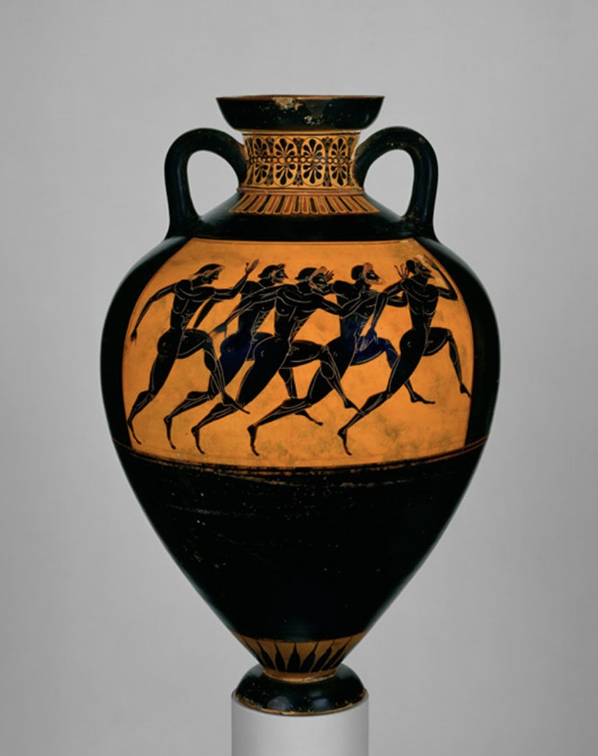
Beyond athletic scenes, some pottery included depictions of rituals surrounding the Games, such as sacrifices and processions. These images underscored the Games’ religious significance, reminding viewers of the connection between athletic prowess and divine favor. Olympia, as home to the Temple of Zeus, embodied the Games’ religious dimension, presenting them as a means of connecting mortals with the gods.
The Enduring Legacy of Art and the Olympic Ideals
The art inspired by the Olympic Games served as a bridge between past and future, transforming athletic competition into a timeless celebration of Greek ideals. Through sculpture and pottery, artists preserved the spirit of the Games, immortalizing athletes as symbols of civic pride, moral integrity, and divine favor. The Greeks viewed athletic competition as more than a display of physical skill; it was an embodiment of mental discipline, ethical values, and the quest for excellence. These artworks have left an enduring legacy, demonstrating how the Olympic Games transcended their immediate context to become a broader cultural phenomenon. This fusion of athleticism and art left a lasting impact, shaping Western ideals of physical beauty, moral virtue, and human potential.
Today, the ancient Olympic games and art continue to inspire admiration, serving as reminders of a time when art and sport were united. Through these works, the Olympic values of balance, strength, and beauty have endured, preserving the Greek vision of human excellence for generations. The legacy of the Olympics lives on, reminding us of a civilization that sought to honour the divine through the celebration of human achievement, immortalized in art that has stood the test of time.

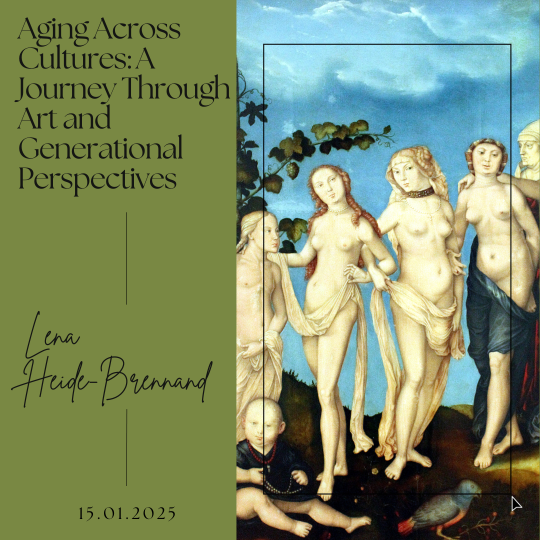
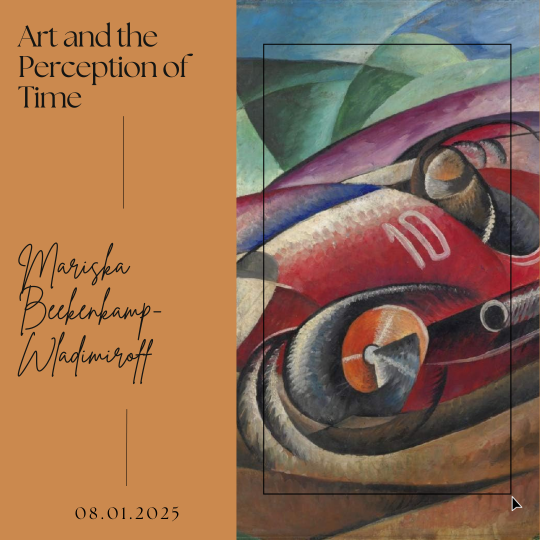
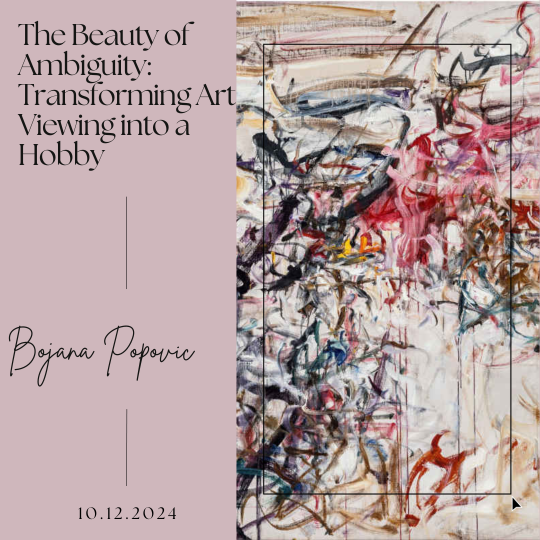

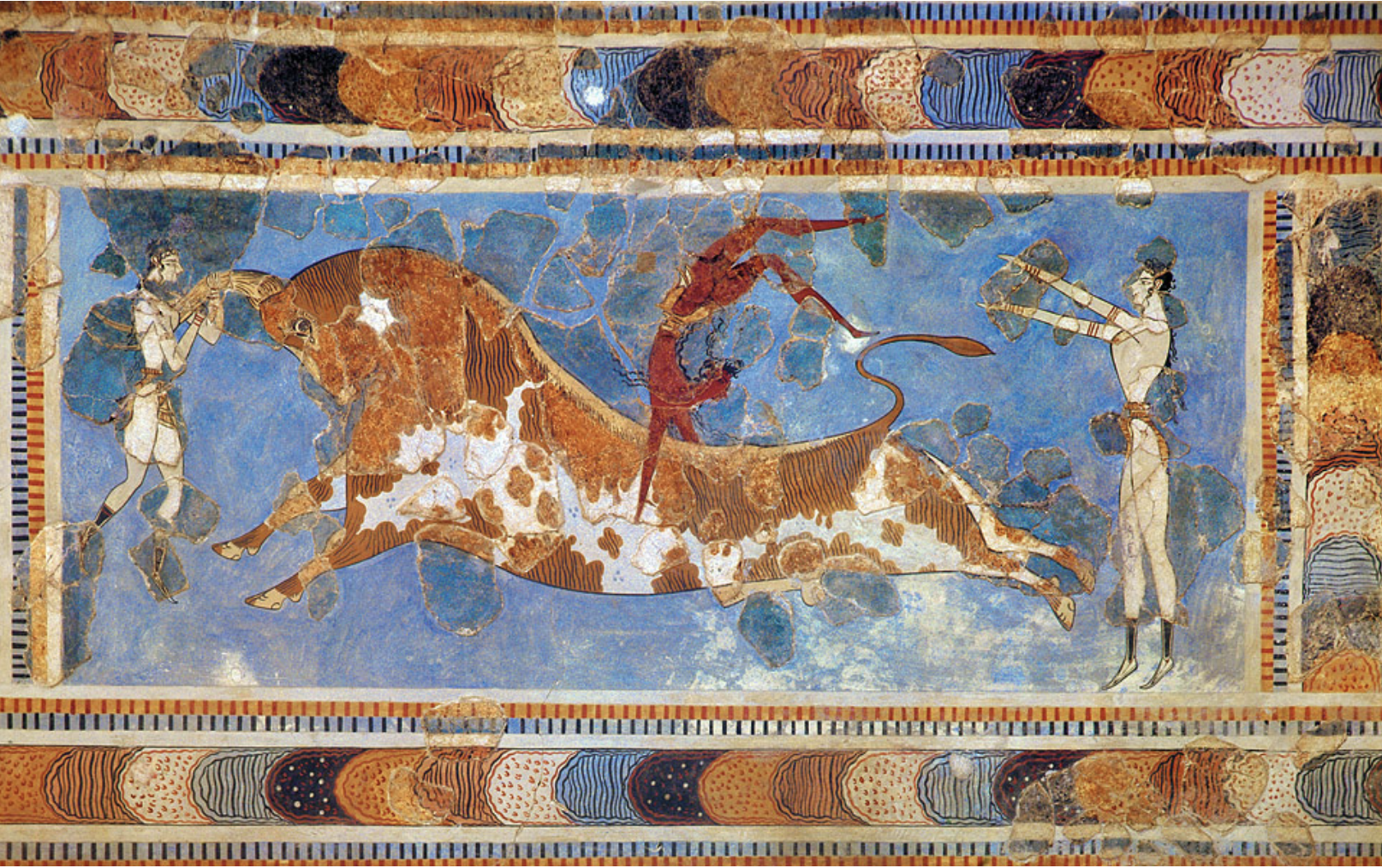
Leave a Reply